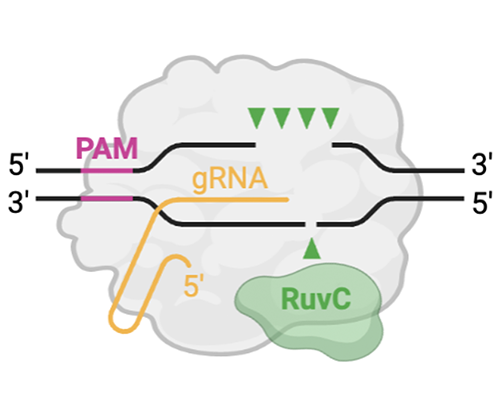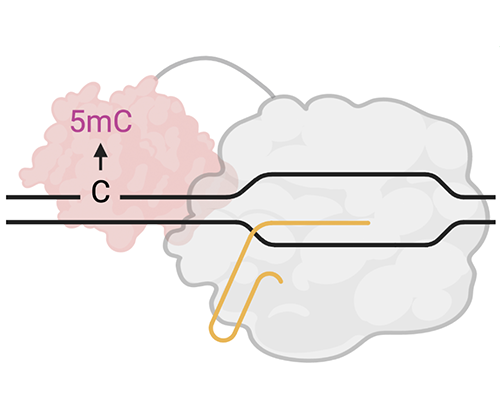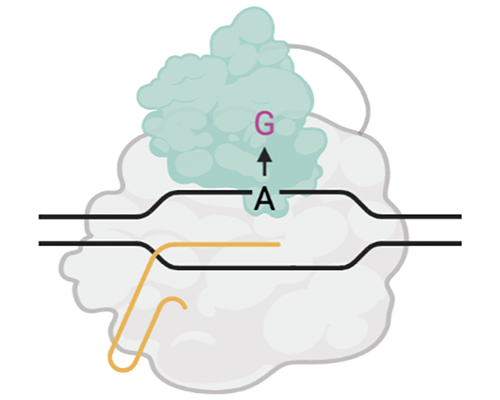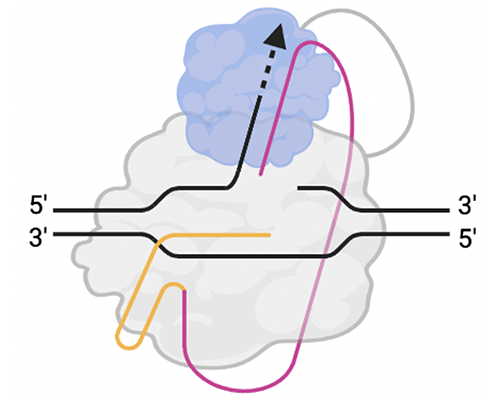We have identified Cas enzymes and associated technologies that have the ability to perform a variety of edit types as well as have unique properties including ultracompact size, increased temperature stability, faster reaction kinetics, and alternative PAM sequences for more flexible targeting.
These properties can be leveraged to realize the full potential of genetic medicine to perform a wide variety of edits in-vivo for potentially curative therapies that address major unmet patient needs.




